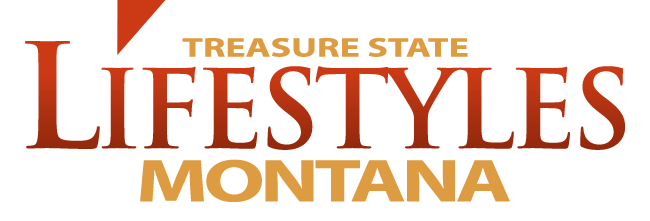Fashion Comes to the Farm
Prior to the Twentieth Century, a farm family’s clothes were usually sewn by its matriarch. Then came catalogue culture. Mail-order services from Montgomery Ward, Sears, and the like made shopping not only convenient, but fun too!
Even when farm families could not afford the items in a catalogue (or didn’t see the use of them), the catalogue itself was appreciated as a kind of a cultural anchor. For the first time in history, rural Americans had access to the same products and fashions as everyone else.
Moreover, the pretty people pictured in catalogues made great paper dolls for farm girls. (The pages served a more utilitarian purpose in the farm outhouse as well.)
Men with Hats
Up until mid-Twentieth Century, the hat was an essential piece of a man’s wardrobe. Felt hats, like the homburg and fedora, were very popular through the first part of the century, though not quite as popular as the derby, which served as a hat for all occasions—except the most formal.
For these, the top hat was still the headwear of choice.
On the other end of the spectrum, wool and tweed caps served industrial workers well. A farmer might be found in a wide-brimmed hat of straw. Stetsons and other “cowboy hats” gained popularity out on the range.
It didn’t matter whether you were a city-slicker or cowpoke, toiling away or out on the town; a respectable man kept his noggin covered.
The Birds and the Bees
Corsets were sexy at the turn of the century. In 1901, a simple silk ribbon pattern was made available, allowing women to construct their own ribbon corsets. These waist cinchers were often referred to as “waspies,” because of the way they made a woman appear segmented like a wasp.
Similarly, the S-bend corset was said to give a woman the shape of a pouter pigeon. It thrust the hips backwards and forced the chest forward, emphasized with puffed, frilly blouses, often embellished with decorations like lace collars and broad ribbon ties.
Farewell to Flair
As the United States entered World War I, women’s styles reflected a growing need for functionality over fashion. Out went lace collars and fluted skirts; in came trousers and overalls.
As with clothing, hairstyles became less elaborate toward the end of the 1910s. Hair also became shorter, with the “bob cut” emerging as the quintessential hairstyle of the 1920s.
Wartime Wardrobe
While three-piece ensembles remained popular, military uniforms became the defining outfit for men in the 1910s.
With tidy clothes came tidy hairstyles. Hair was cut short and worn neatly, parted at the side or down the middle. Trim mustaches were worn by some, while others were clean-shaven. (This was no hardship for most American servicemen, as beards were considered an “old man’s style” at that time.)


